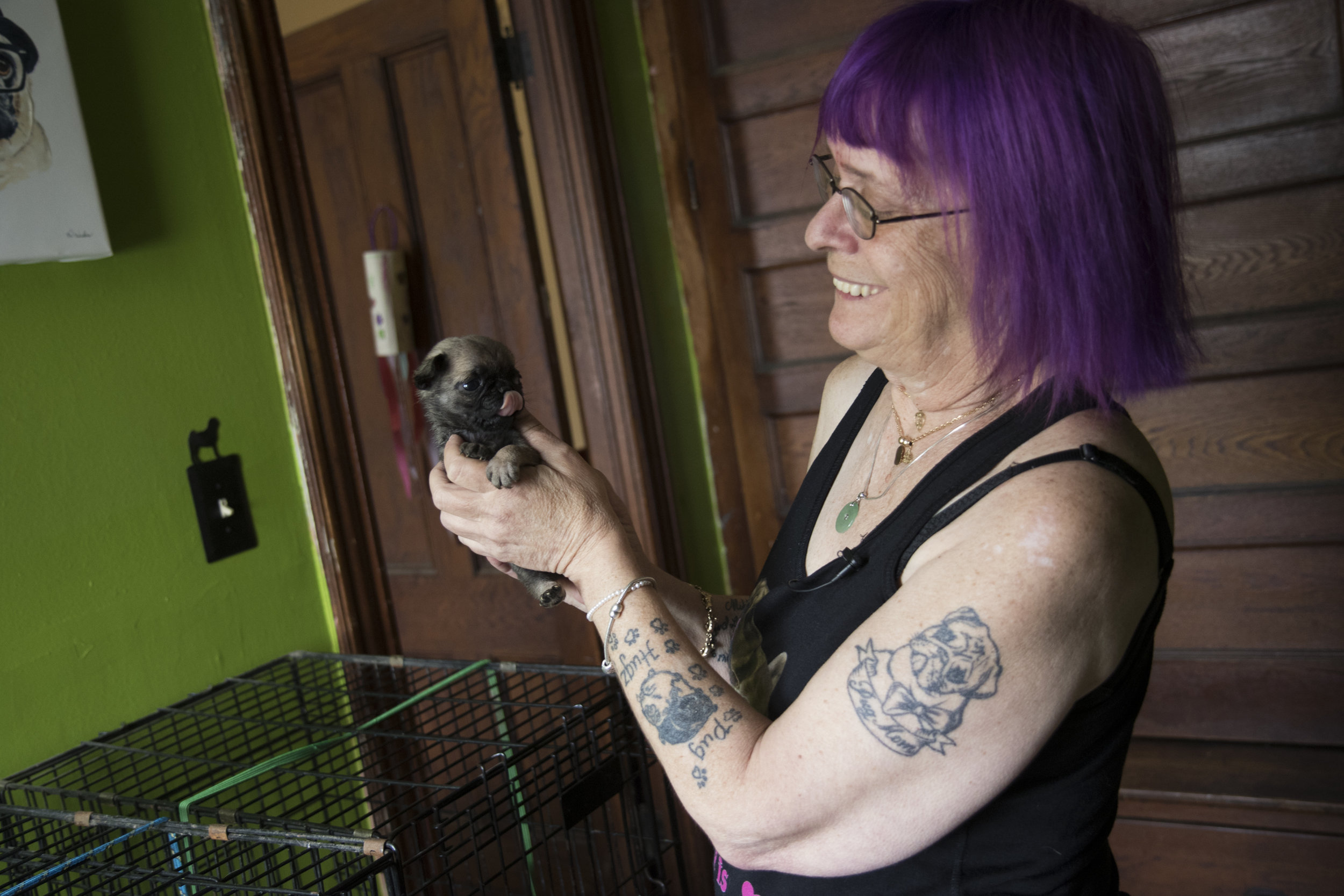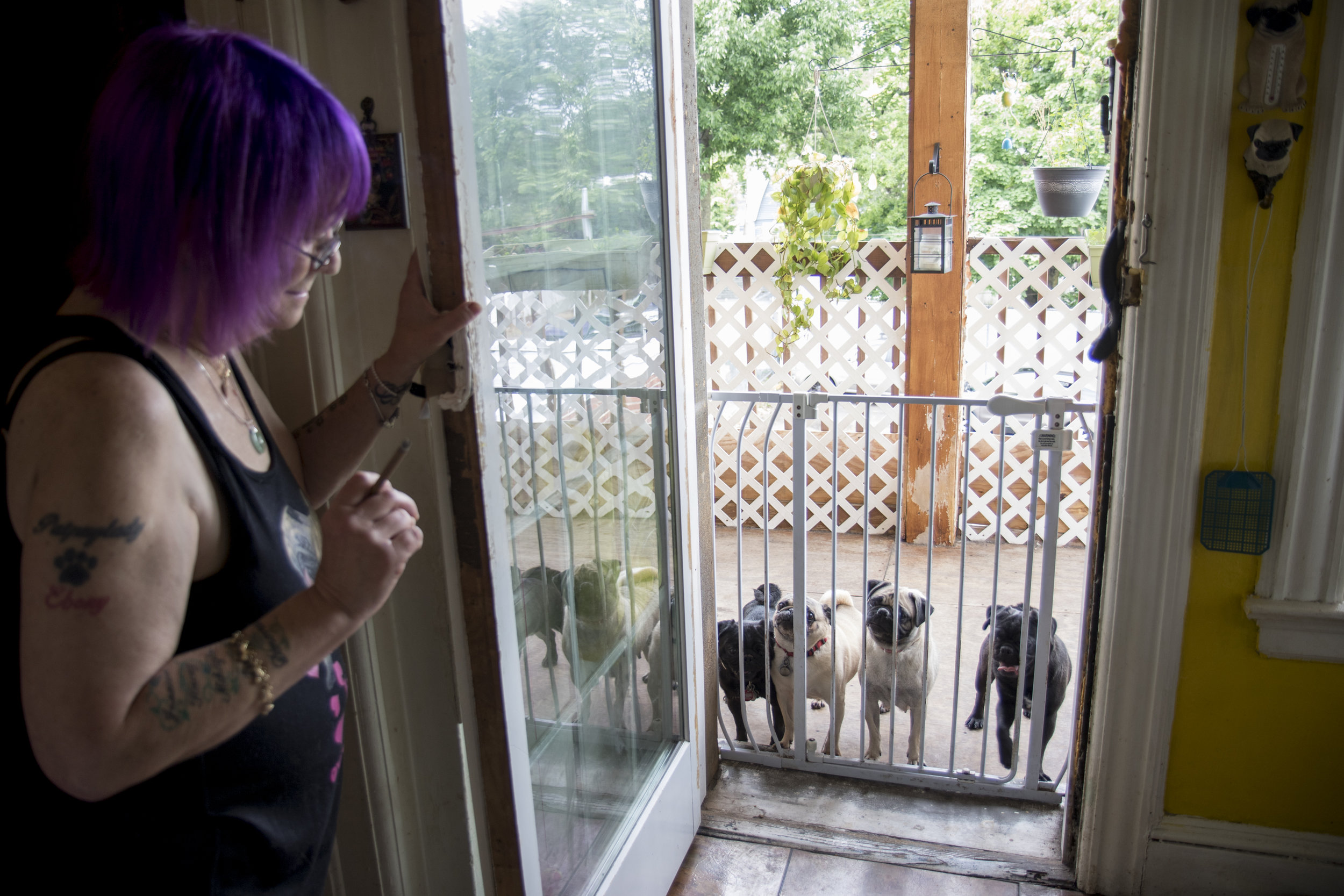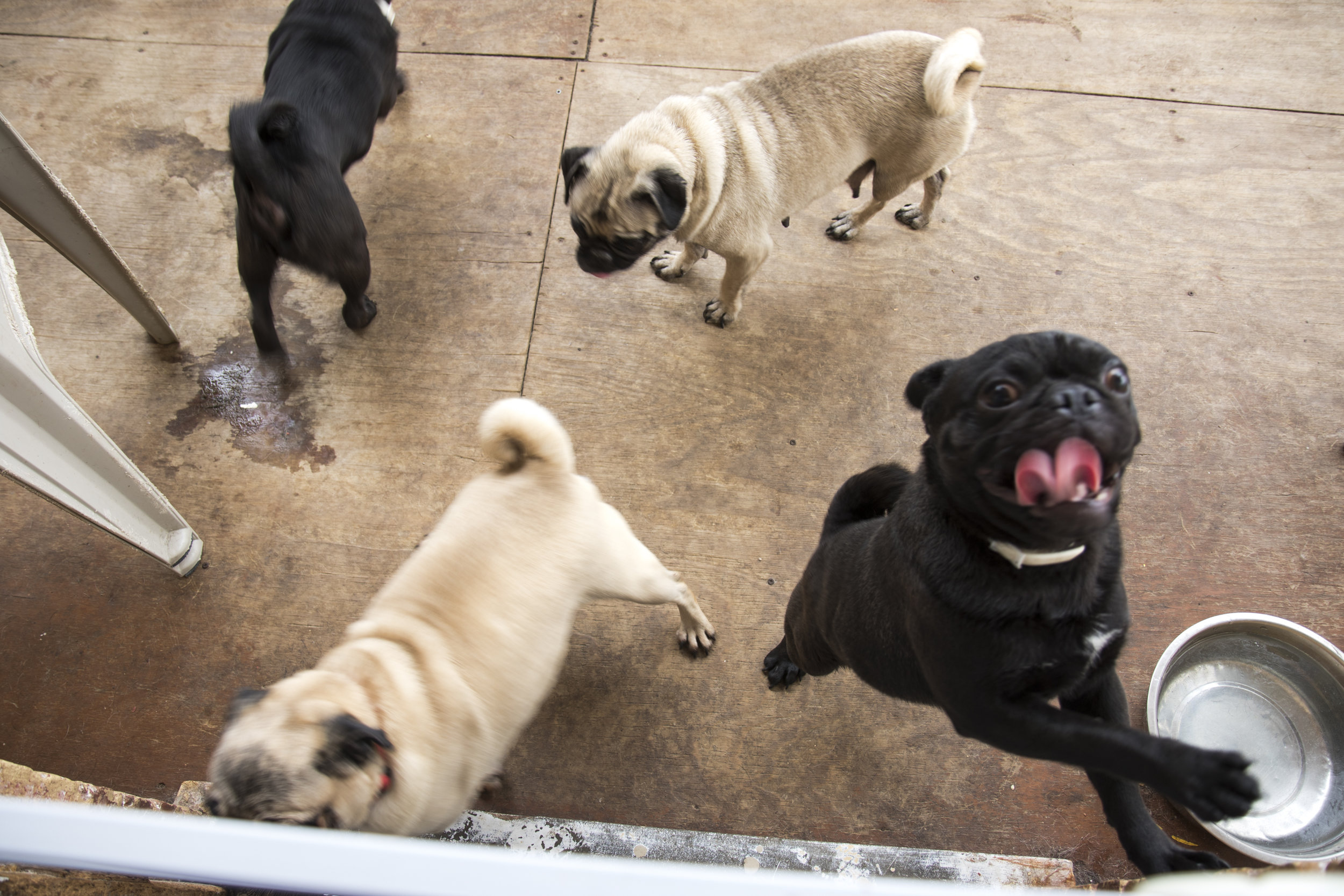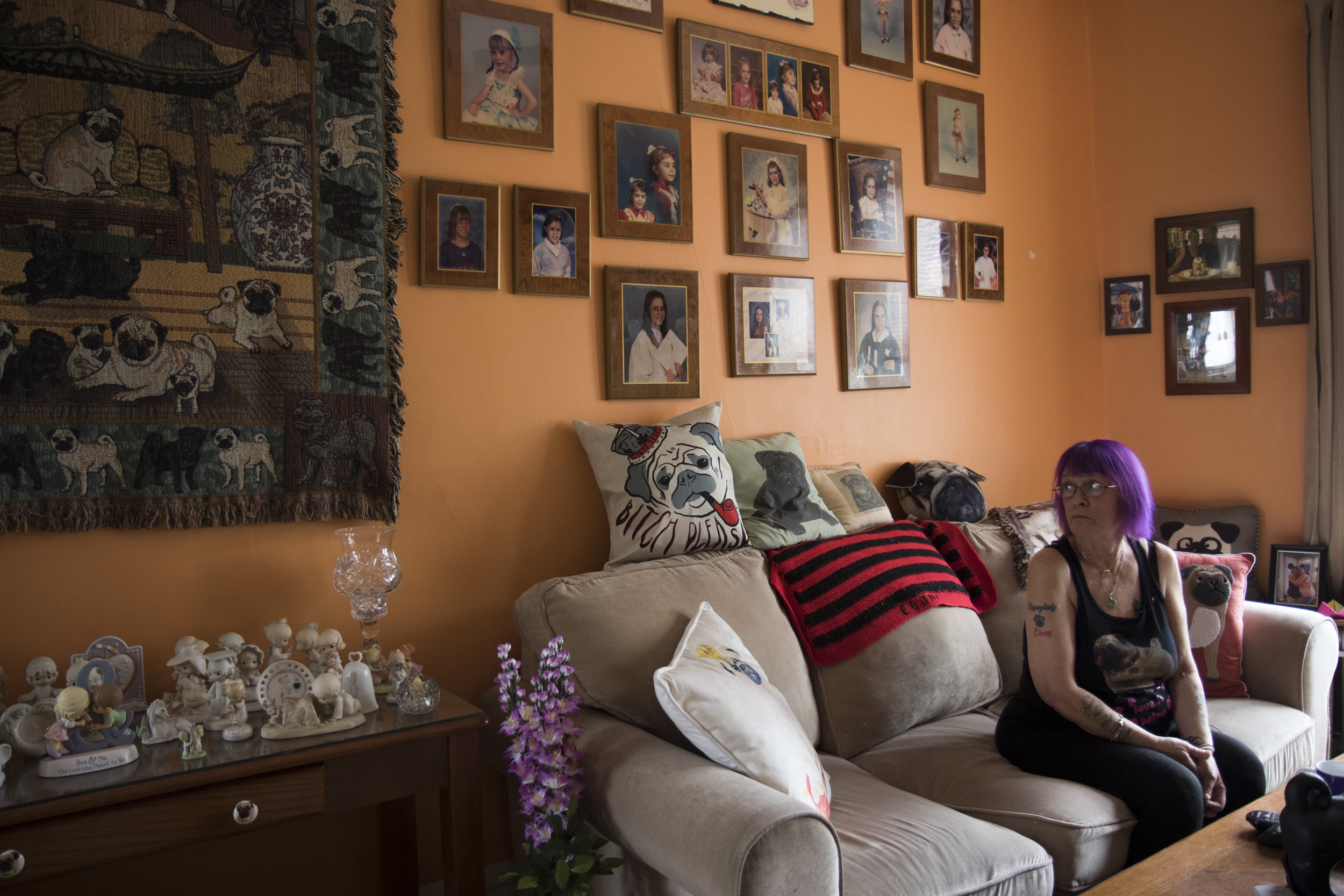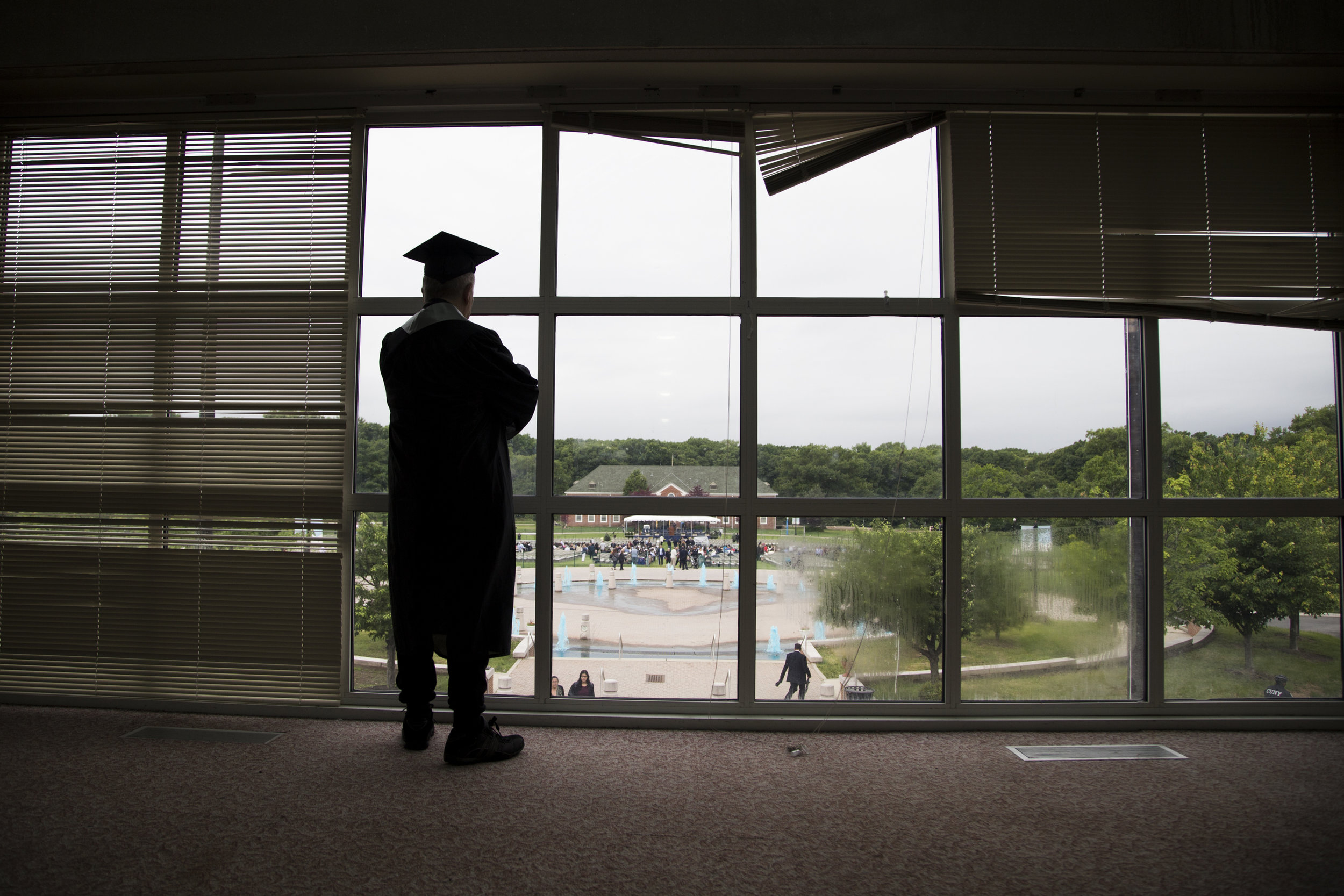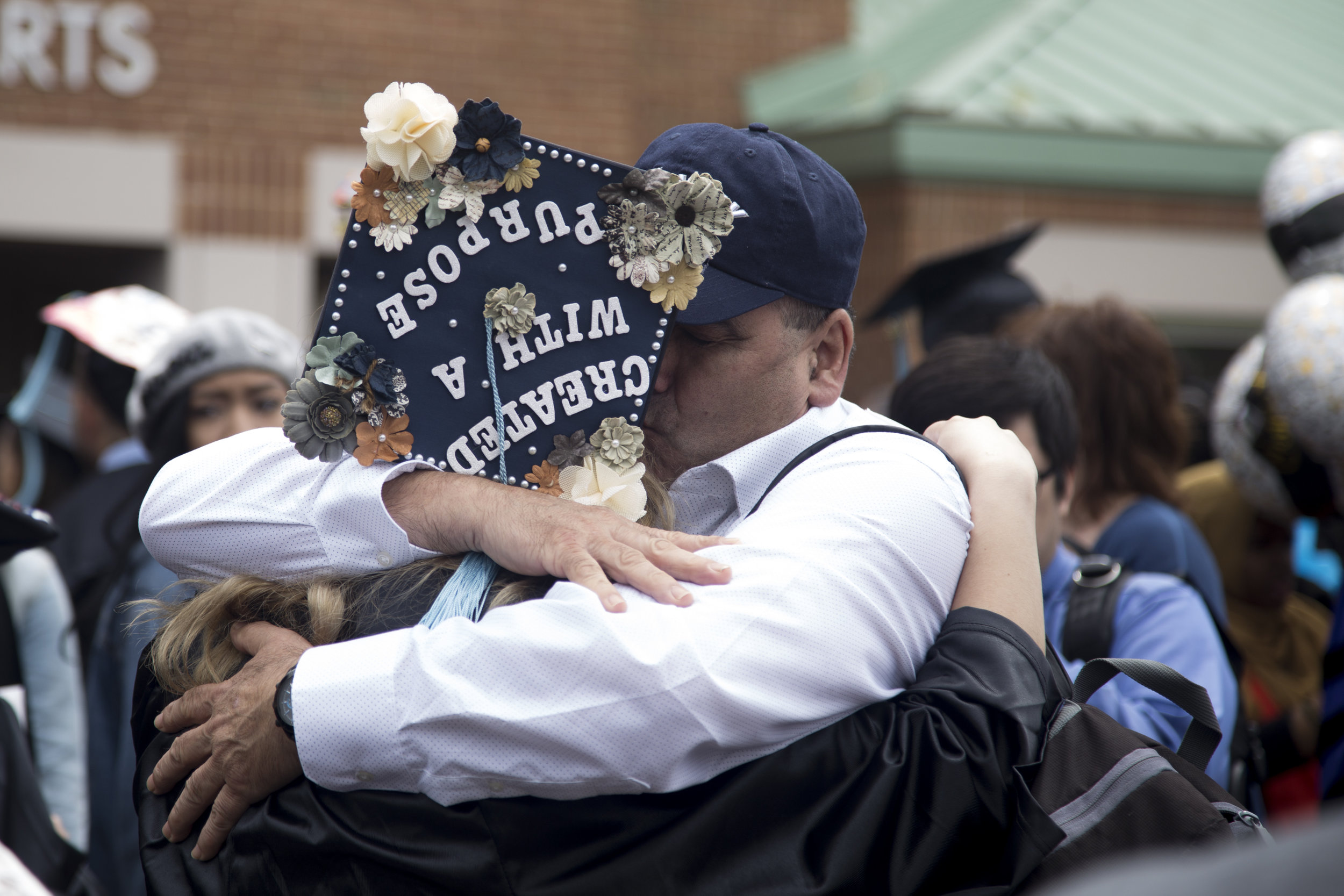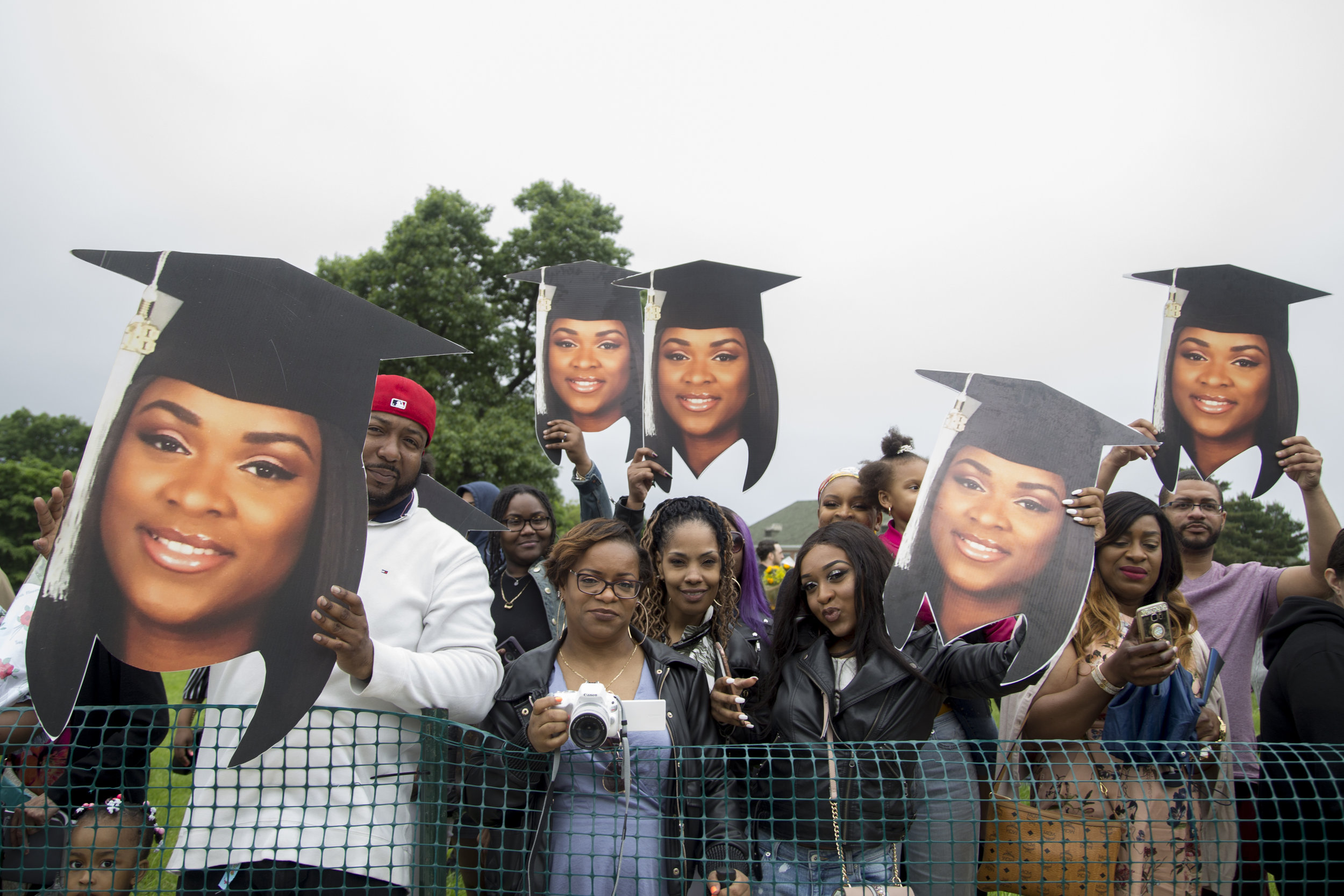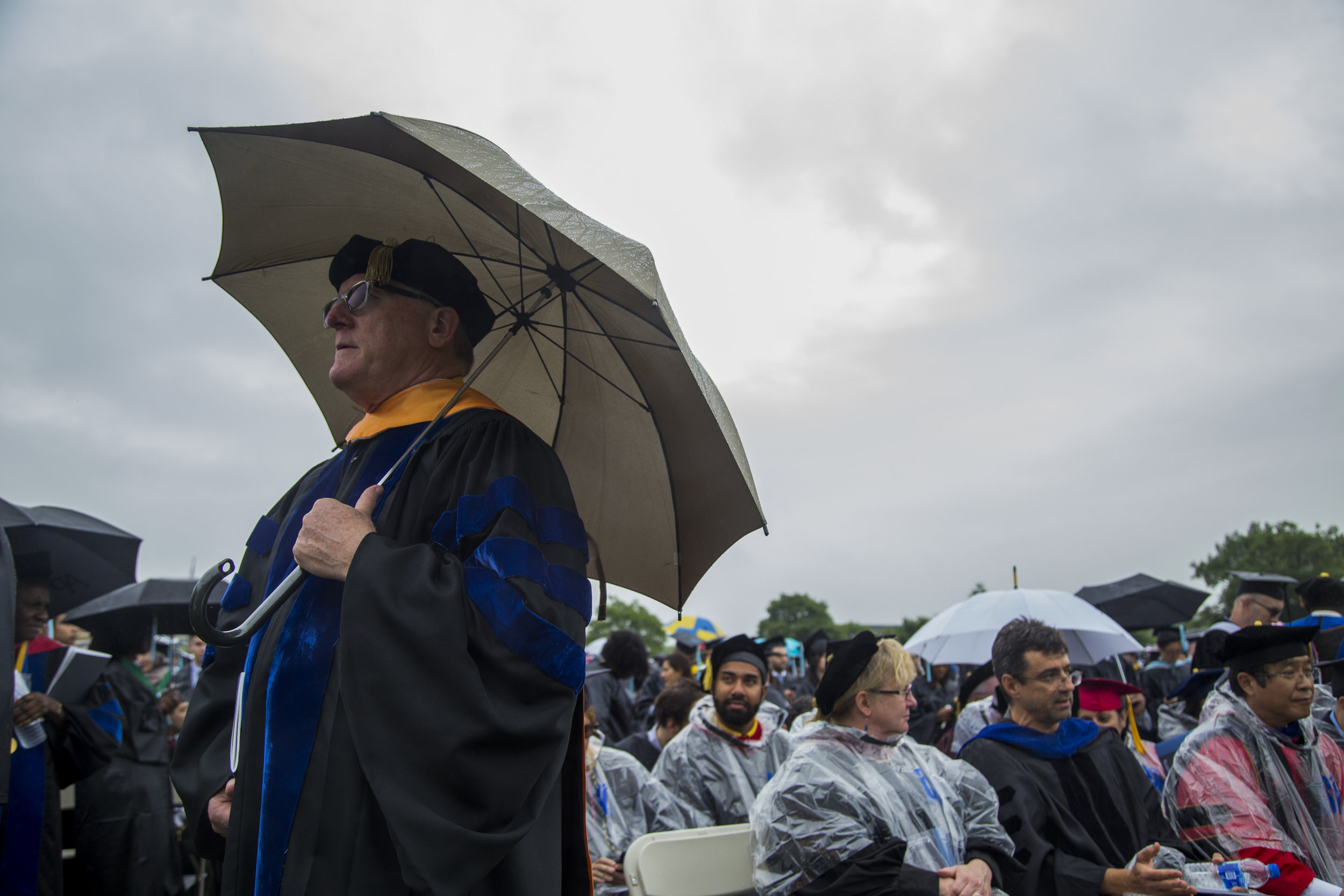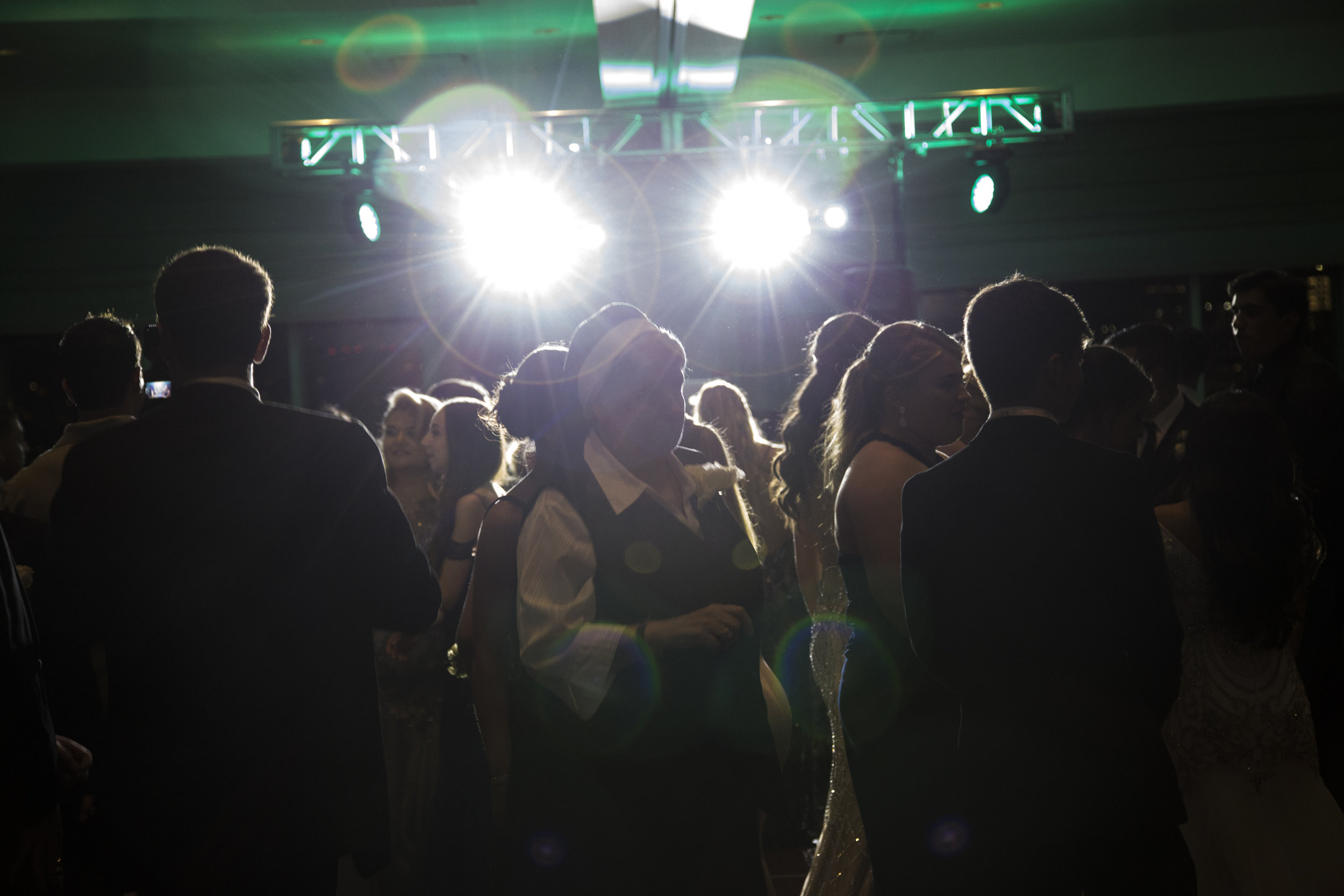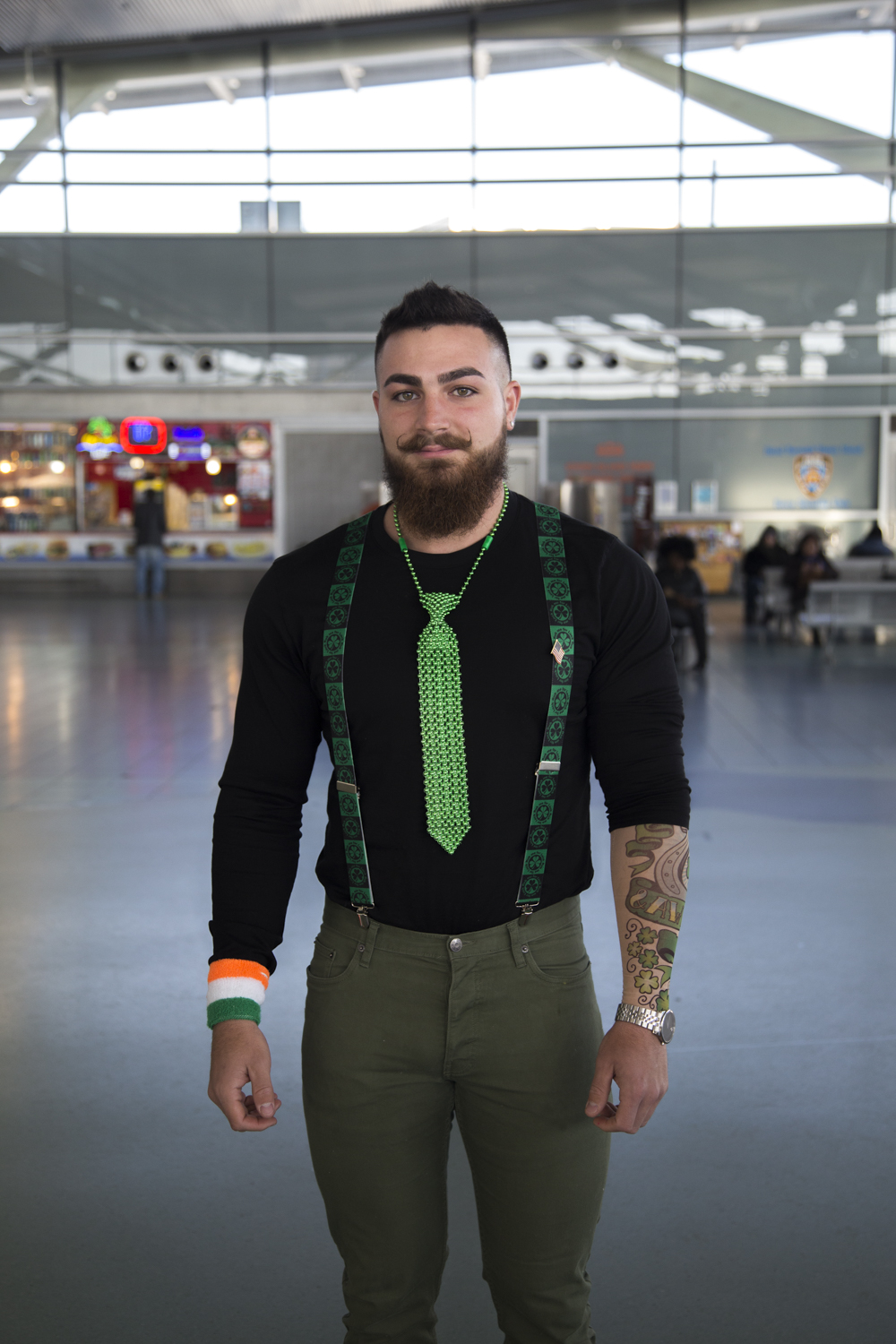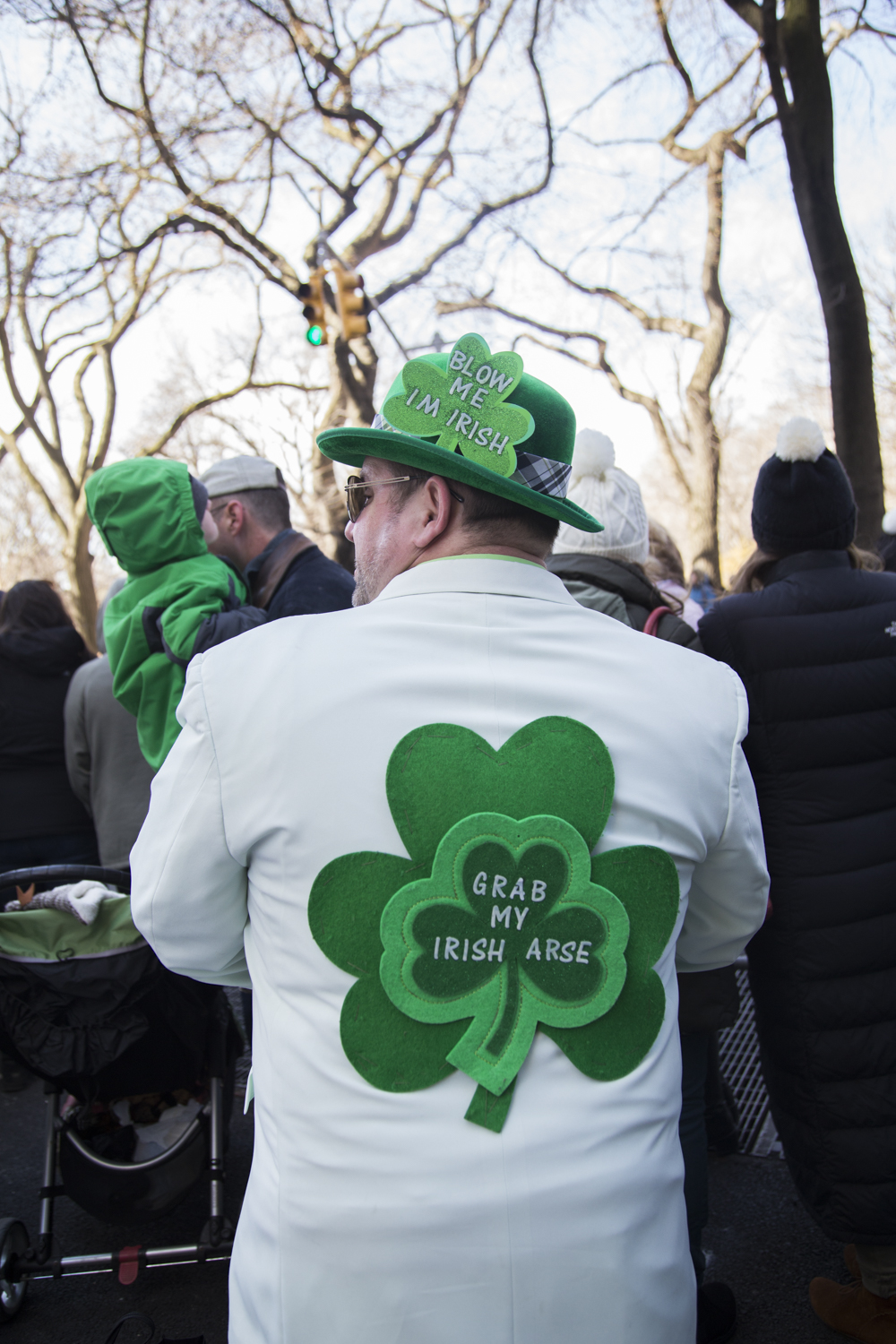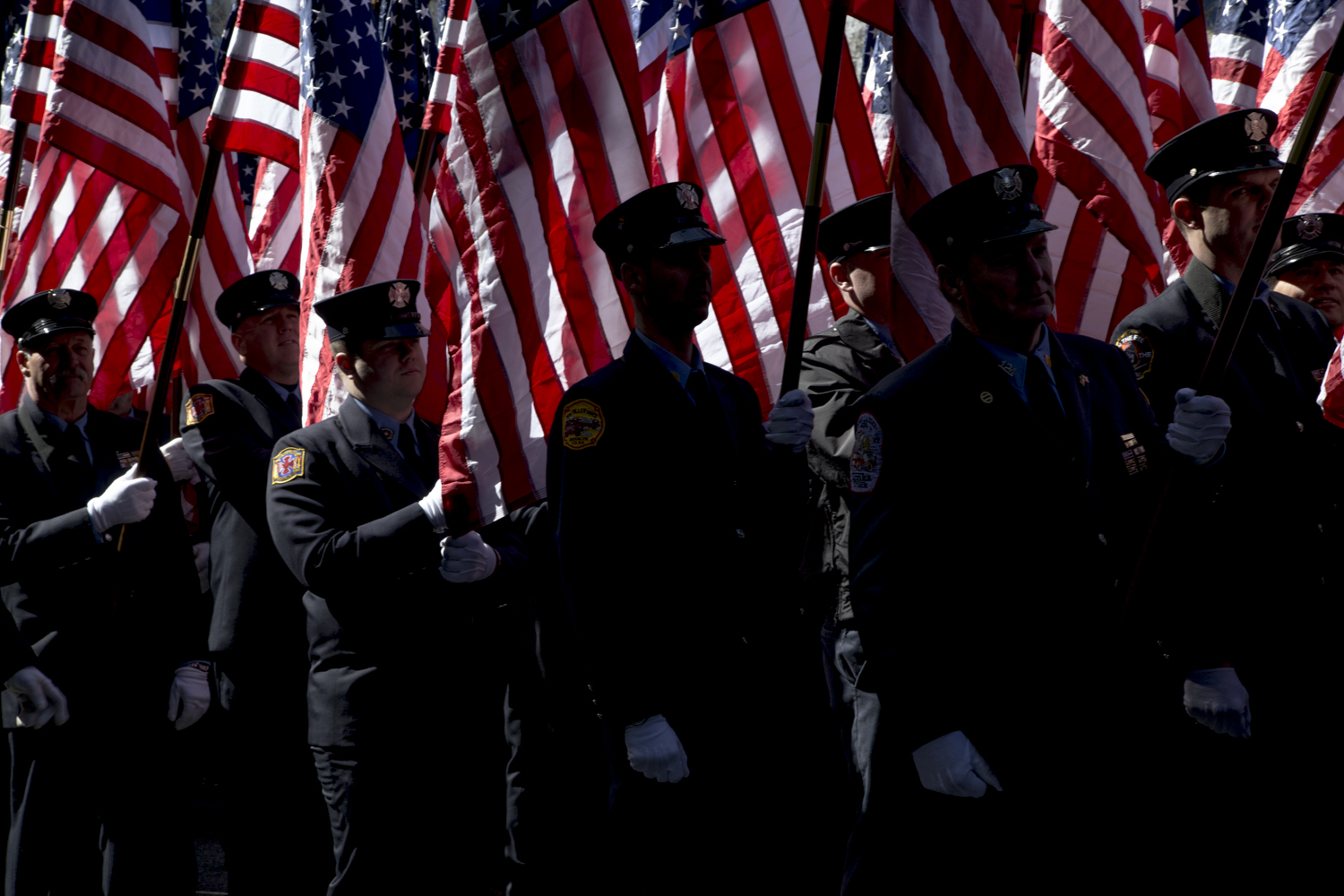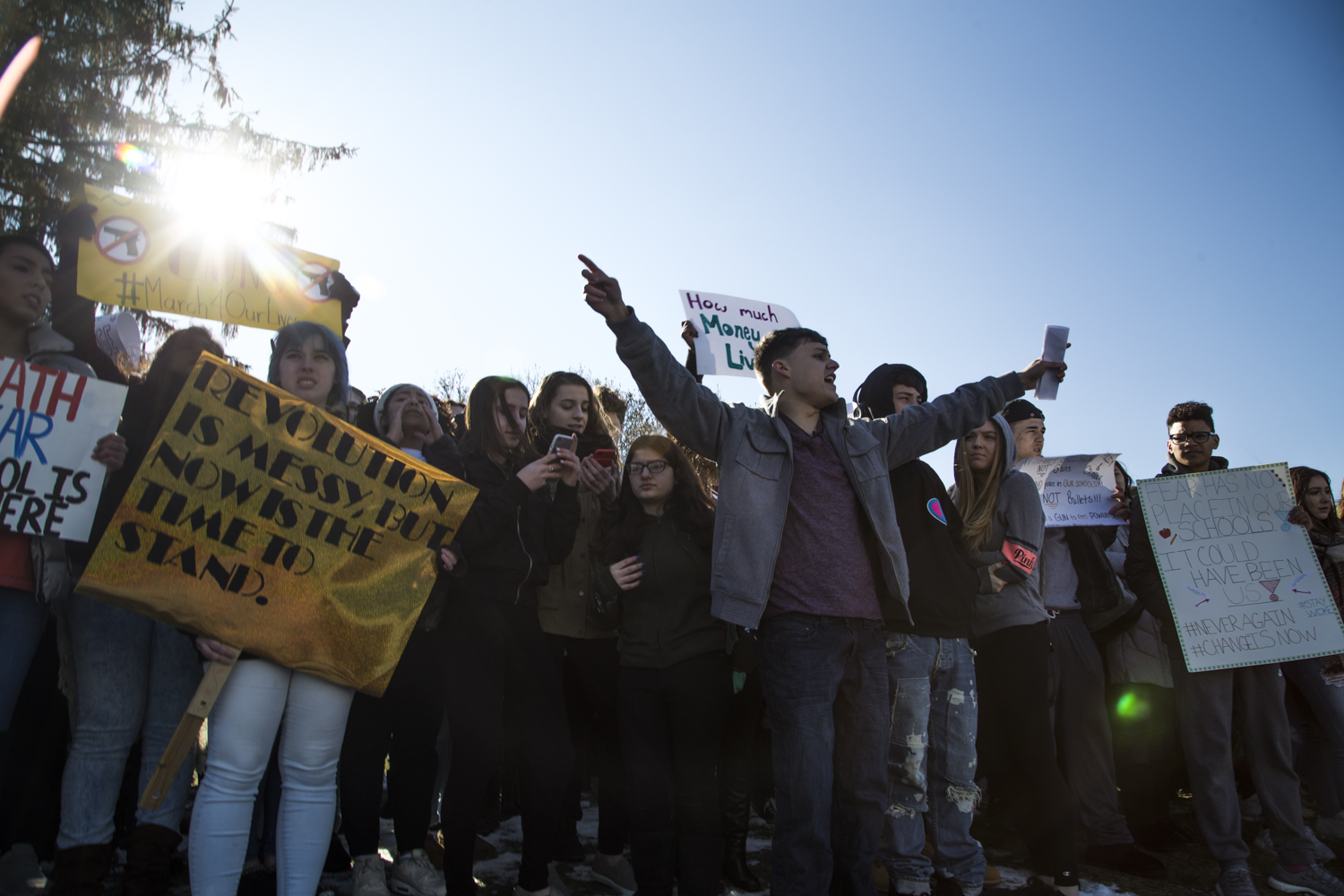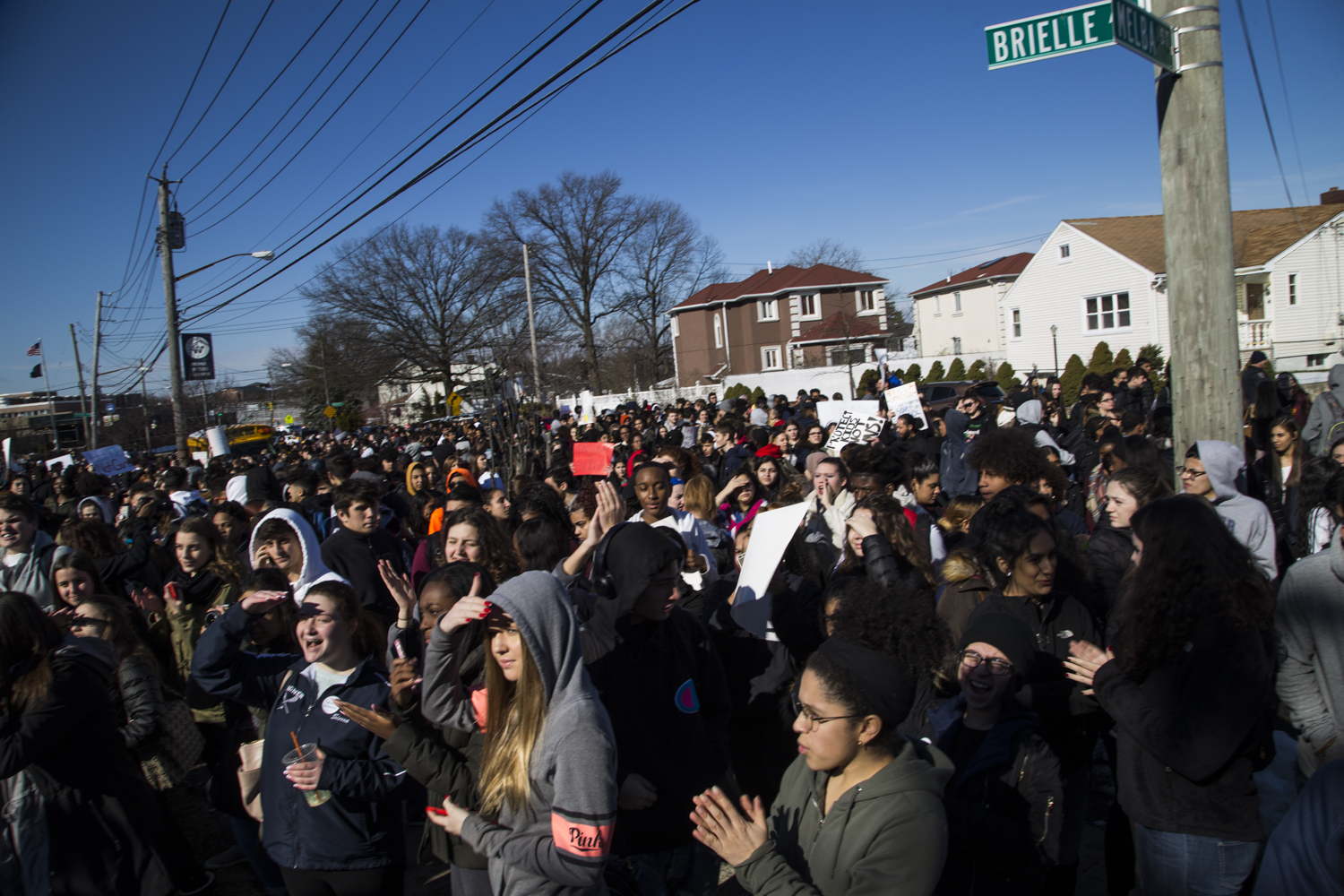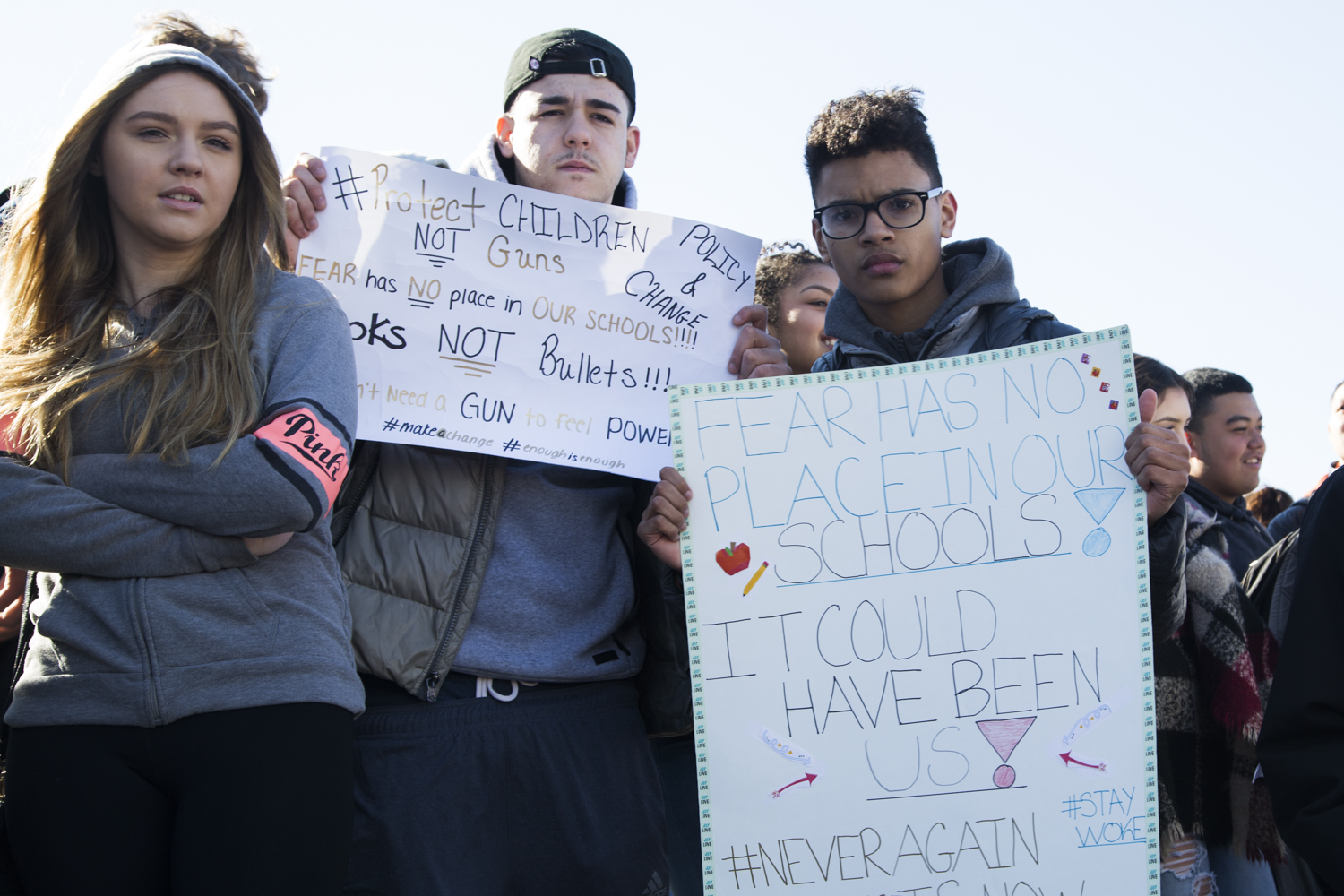This was originally published on SILive.com.
STATEN ISLAND, N.Y. -- Ilona Schwartz called out for her loved ones, 74 years after they were killed.
Taken from her village in Hungary, her brother, Mendu, and her sister, Rose, were the only people of her nine-person family to survive the Holocaust.
“Anybody could bring back my family?” she asked. “It’s very shameful what they did to us.”
The injustices that happened during the Holocaust -- the persecutions of Jews, gypsies, homosexuals, political prisoners and others -- will never be reversed. But we can listen and learn from the stories of the survivors to try to prevent it from happening again.
I first met Ilona on March 20, 2018 in her Willowbrook home. After she saw her friend Shirley Gottesman’s story in the Staten Island Advance, she requested to be a part of the project. I interviewed her a few days later.
She spoke of her happy childhood with her six siblings, who frequently helped her parents, David and Gizella Weisz, with their fruit business in Zemplenagard, Hungary.
The day after Passover in April 1944, they were taken from their home and sent to the Satoraljaujhely ghetto, and later to Auschwitz. As soon as they arrived, the family was separated.
“My mother has a black dress and red and white polka dots in it,” she recalled. “And that’s in front of me how long I live. I see the dress.”
Her mother was looking back at her as they moved into separate lines. They didn’t know it would be the last time they saw each other. Three days later, she discovered that her mother was sent to the crematorium and was killed, along with her father, one of her brothers, two of her sisters and her sister’s children.
“There wasn’t a day that we didn’t cry,” she remembered.
Six months after her arrival in Auschwitz, Schwartz was sent to sort out clothing for the Germans. As she opened up one of the packages, she couldn’t believe her eyes. It was her mother’s polka dotted dress.
You weren’t allowed to cry, she said, but she screamed, not even fearing for her life.
Shortly after, Schwartz was sent to Bergen-Belsen where she worked in the kitchen. She would frequently steal food for the other girls in her barrack.
She was liberated in April 1945, but her liberation memories are not as happy as one would expect.
She had no parents and no home.
Schwartz stayed in Bergen-Belsen, which became a Displaced Persons Camp, for six months after liberation until she learned that two of her brothers were alive. As she was traveling back home to see them, her brother, Yossi, died.
In April 1946, Schwartz married her husband, Peter Schwartz. They had one daughter, Eva, who died of pancreatic cancer in 2013. Schwartz never fully recovered from the loss of her daughter, she said, often reverting back to speaking in Hungarian.
Schwartz sadly passed away in December 2018, at the age of 94, but her story lives on. She is survived by her three grandchildren and eight great-grandchildren.

